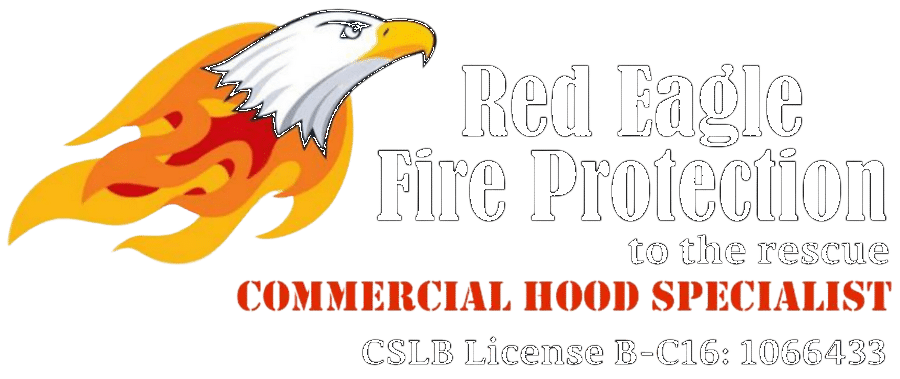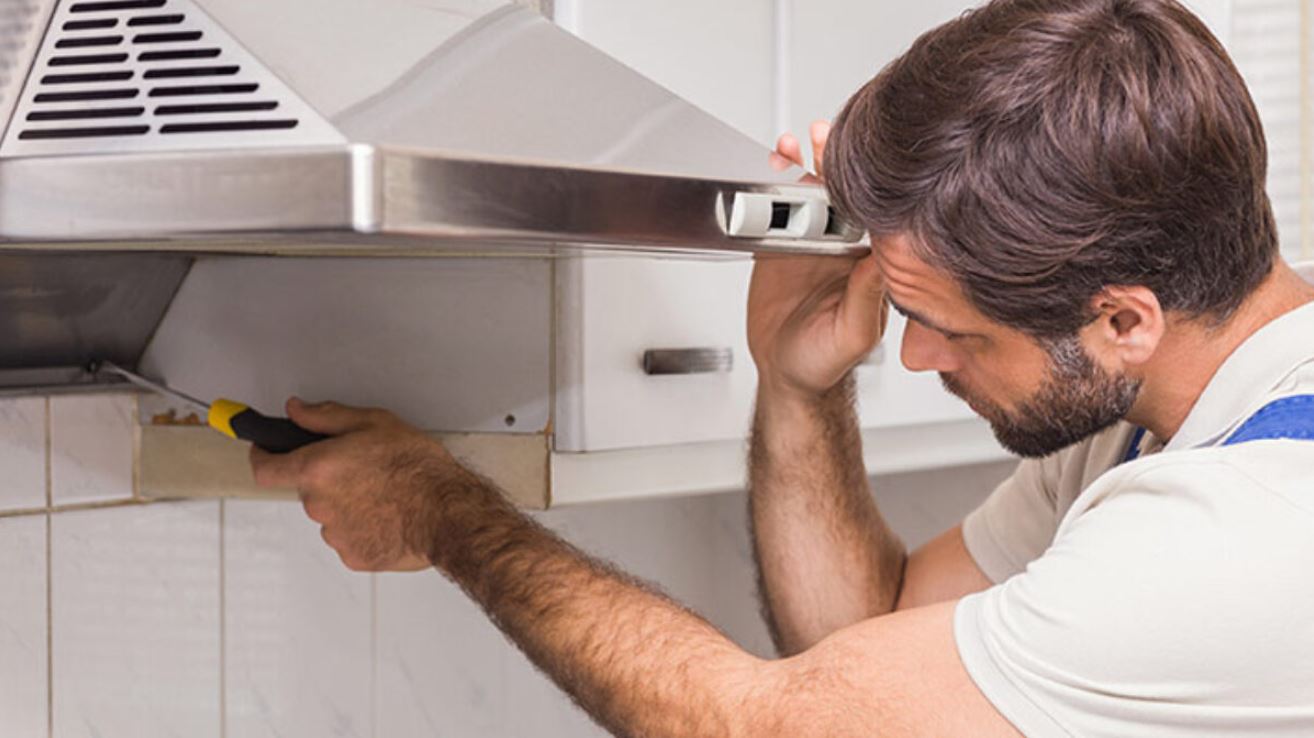As a restaurant owner, the vitality of your kitchen’s hood system cannot be overstated. Regular inspections and maintenance of this crucial equipment not only ensure the safety and hygiene standards of your establishment but also significantly reduce the risk of potential fire hazards. The mechanics of hood repair, from recognizing common problems such as blocked filters and grease accumulation, to understanding key repair techniques, play a pivotal role in this process. While this may seem daunting, equipping oneself with this fundamental knowledge can contribute greatly to the smooth operation of your restaurant. Curious to learn more?
Identifying Common Hood Problems
It’s essential for every restaurant owner to identify and understand common hood problems, as these can significantly impact kitchen operations and safety.
Typical issues include blocked filters which can restrict airflow, leading to poor ventilation and increased fire risk. Furthermore, grease accumulation due to insufficient cleaning can also present a fire hazard.
Electrical issues, including faulty wiring and control panel malfunctions, are another common problem. A non-functioning hood light can be a symptom of such issues and can also compromise visibility for the kitchen staff.
Lastly, unusual noises from the hood system may indicate mechanical issues.
Understanding these problems will enable restaurant owners to take preventive measures and maintain a safe, efficient kitchen environment.
Step-By-Step Hood Repair Guide
Understanding the intricacies of hood repair is integral to ensuring a safe and efficient kitchen. So, let’s delve into a comprehensive, step-by-step guide to address common hood problems.
- Inspection:
Begin by identifying the issue. This could be a blockage, a leak, or faulty wiring. Inspection tools like a multimeter for electrical issues and a flashlight for visual examination are essential.
- Diagnosis:
Once the problem has been identified, the next step is to understand the root cause. This may require a more thorough examination or consultation with a professional.
- Repair:
After diagnosis, the final step is to repair the problem. This might involve replacing a part, cleaning the hood, or even a complete overhaul, depending on the severity of the issue.
As restaurant owners, we are the custodians of our kitchen’s safety and efficiency. Let’s strive to master hood repair.
In conclusion, understanding the fundamentals of hood repair is a critical responsibility for restaurant owners. Familiarity with common hood problems and associated repair techniques can significantly reduce potential fire hazards and ensure the smooth operation of the kitchen ventilation system. As such, investing in this knowledge not only contributes to a safer working environment but also mitigates the risk of kitchen accidents, thereby fostering a secure and efficient food service establishment.

